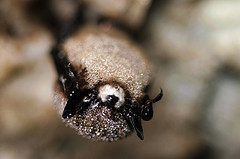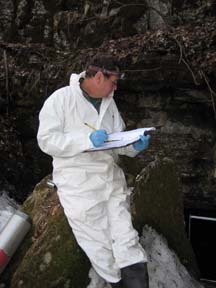 There’s been no shortage of deer disease news recently.
There’s been no shortage of deer disease news recently.
In Kansas, three white-tailed bucks taken during the hunting season have tested positive for chronic wasting disease (CWD), the Kansas Department of Wildlife, Parks and Tourism announced in a press release yesterday. Kansas has had 43 confirmed cases of CWD since 2005.
Read the Kansas Dept. of Wildlife, Parks and Tourism press release, here.
Read the Wichita Eagle outdoor writer’s blog, here.
In Missouri, the CWD news came at the end of January. Two adult bucks shot in Macon County were found to have CWD. They first free ranging deer in the state to be found with the disease, according to the Missouri Department of Conservation. Missouri saw its first CWD case, in captive deer, in 2010, according to the Chronic Wasting Disease Alliance website.
Read the Missouri Department of Conservation press release, here.
In Michigan, the problem is epizootic hemorrhagic disease. Michigan Department of Natural Resources officials say it may take five years for the deer herd to recover from this summer’s bout of the disease, according to an article in the Lenawee Daily Telegram. If the disease strikes again this summer, they hope to hear about it sooner.
Read the article in the Daily Telegram, here.
In Pennsylvania, a game farm elk that wandered into neighboring West Virginia won’t be allowed back in the state in an effort to protect Pennsylvania wildlife from CWD. (CWD has been found in West Virginia, but not Pennsylvania.) Read the story in the magazine OutdoorLife, here.
Photo of white-tailed buck by John Stehn, courtesy of the US Fish and Wildlife Service





